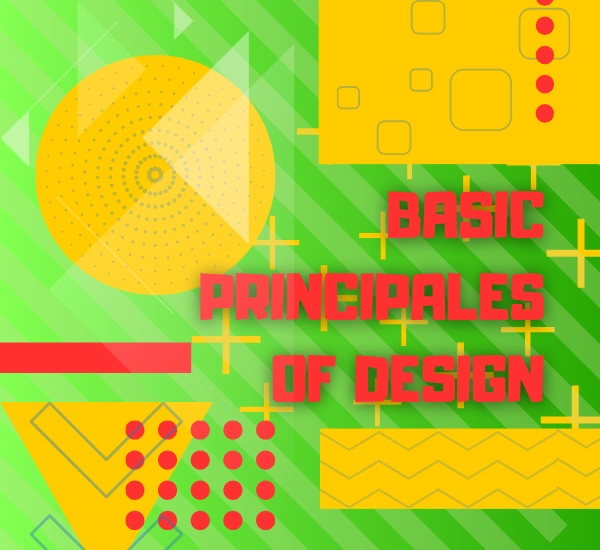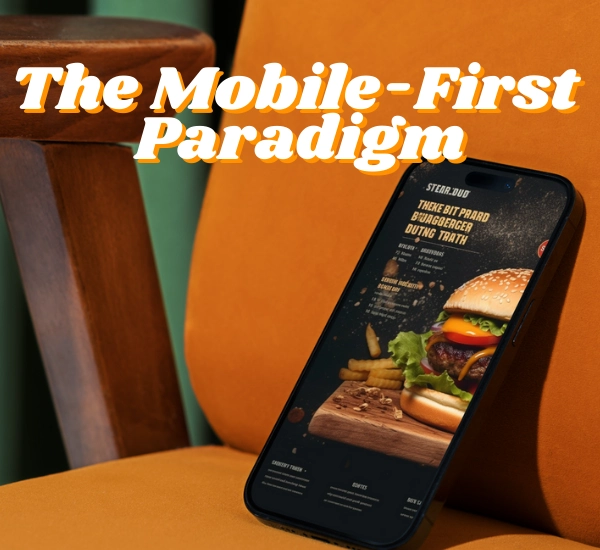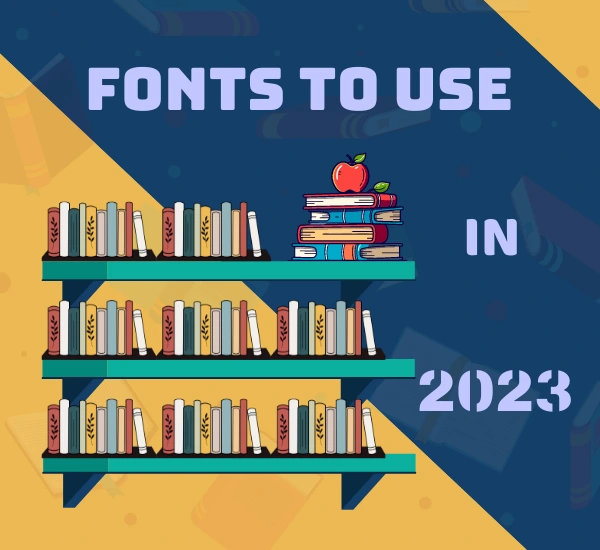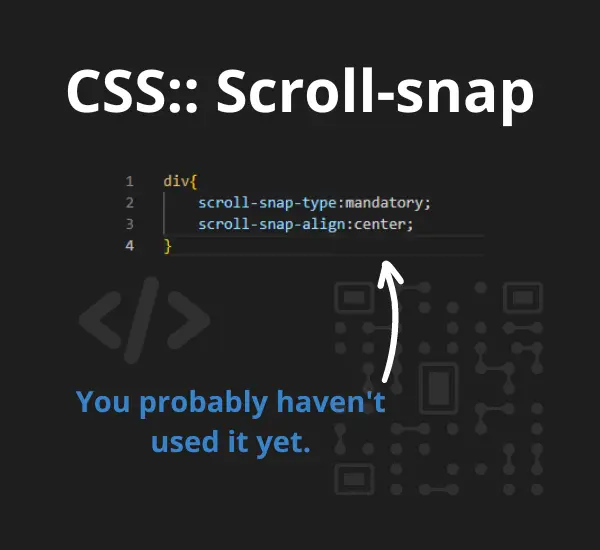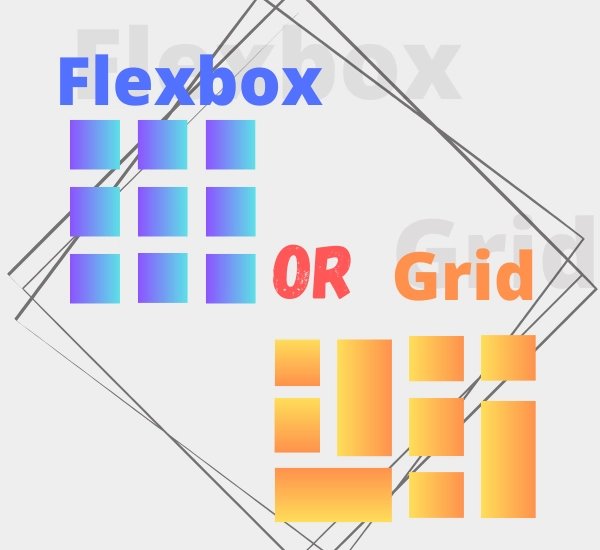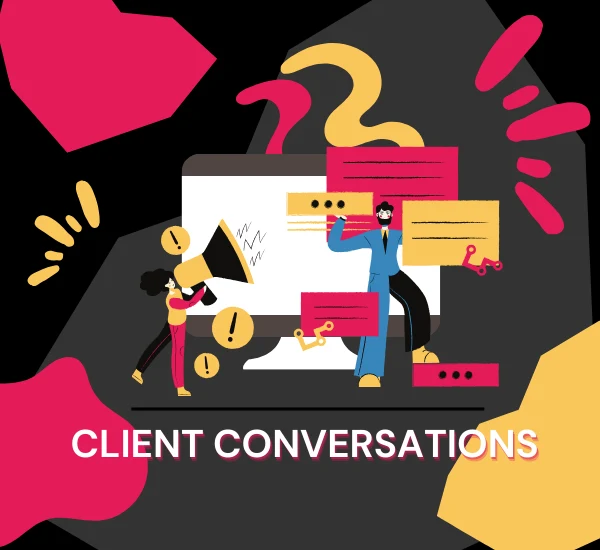
Client Conversations for Website Development: Questions to Ask and to Avoid
Introduction
In the world of web development, effective client communication is the cornerstone of a successful project. To create a website that truly meets your client’s needs, you must navigate the initial conversation with finesse. Here’s a guide on how to professionally conduct a client conversation about website creation, including the essential questions to ask and the statements to steer clear of.
Start with the Basics
Begin with a warm and professional introduction. Express your excitement to work with them and emphasize your commitment to understanding their vision.
Questions to Ask
- 1. What is the Purpose of the Website? Understanding the primary goal of the website is crucial. Is it for e-commerce, information sharing, branding, or something else?
- 2. Who Is Your Target Audience? Knowing the intended users helps in tailoring the website’s design, content, and functionality.
- 3. Do You Have a Branding Guideline? If they have an established brand, request any style guides, logos, or branding materials to ensure consistency.
- 4. What Features and Functionality Do You Require? Discuss specific features like contact forms, e-commerce capabilities, social media integration, etc.
- 5. Do You Have Any Preferred Design Ideas or Examples? Ask for websites they admire or design elements they prefer. This can provide valuable insights into their aesthetic preferences.
- 6. What’s Your Budget and Timeline? Ensure both parties are aligned on budget constraints and project timelines.
- 7. Who Will Be Responsible for Content Creation? Clarify whether the client expects you to create content or if they will provide it.
- 8. Are There Any Specific Technical Requirements or Integrations? Inquire about any third-party integrations or technical constraints that need consideration.
Don’t Forget About These
- What is the main objective you want to achieve with this website?
- Can you describe your brand’s unique selling points and values that should be reflected on the website?
- Are there any specific color schemes or branding colors you’d like to incorporate into the design?
- Do you have any existing website or domain, and if so, what changes or improvements are you looking for?
- Are there any competitors’ websites that you admire or consider as benchmarks for your project?
- What is your preferred content management system (e.g., WordPress, Drupal, custom-built) if any?
- Do you have a preferred hosting provider, or should we recommend one?
- Have you considered SEO (Search Engine Optimization) as part of your website strategy?
- Do you require ongoing maintenance and updates for the website after it’s launched?
- Will you need support for multiple languages or regions on your website?
- What is your vision for user experience (UX)? Do you have any specific user journeys in mind?
- How do you plan to measure the success of the website once it’s live (e.g., through traffic, conversions, engagement metrics)?
- Are there any legal or compliance requirements (e.g., GDPR, accessibility standards) that need to be considered?
- Would you like to integrate social media platforms or any specific third-party services into your website?
- What is your content strategy? Do you have existing content that needs to be migrated, or will we create new content from scratch?
Avoid These Pitfalls
- 1. Making Assumptions: Never assume you understand the client’s needs without asking. Assumptions can lead to misunderstandings.
- 2. Overloading with Technical Jargon: Avoid overwhelming clients with technical terms. Explain concepts in simple, understandable language.
- 3. Dismissing Ideas Prematurely: Be open to your client’s suggestions and ideas, even if they seem unconventional. They may have valuable insights.
- 4. Ignoring Budget Constraints: Don’t propose features or designs that are beyond the client’s budget without discussing it first.
- 5. Promising Unrealistic Timelines: Set realistic expectations for project timelines. Rushing can lead to subpar results.
- 6. Skipping Documentation: Always document the client’s requirements, expectations, and agreements in a written contract or project brief.
Follow-Up and Recap
- Summarize the key points discussed during the conversation.
- Thank the client for their time and express your eagerness to move forward.
- Send a follow-up email with the meeting notes and proposed next steps.
Conclusion
Effective client communication is the foundation of a successful website development project. By asking the right questions and avoiding common pitfalls, you can ensure a smooth collaboration and deliver a website that exceeds your client’s expectations. Remember, a well-informed and open conversation is the key to creating a website that truly resonates with your client’s vision and goals.







